Cuckoo spit: The foamy white goo on your plants
- Published
- comments

Cuckoo spit is most often found on plant stems in spring
Has this white frothy goo taken over your garden?
It's called 'cuckoo spit'. But actually, it has nothing to do with cuckoos or spit at all.
The foamy liquid is caused by a type of bug called a froghopper nymph, also known as a spittlebug.
The insect feeds on sap found in plant stems and leaves behind blobs of this spit-like goo.
What is Cuckoo Spit?

This is a froghopper nymph, a type of larvae also known as a spittlebug
Cuckoo Spit is a foamy liquid created by froghopper nymphs. They're small, brown insects who suck sap from plants leaving this bubbly froth on stems, leaves and flower buds.
If you look closely at the cuckoo spit, you can often see the little creatures inside it.
When they feed on the sap from inside plants and flowers this goo is left behind, hiding and protecting them from their prey.
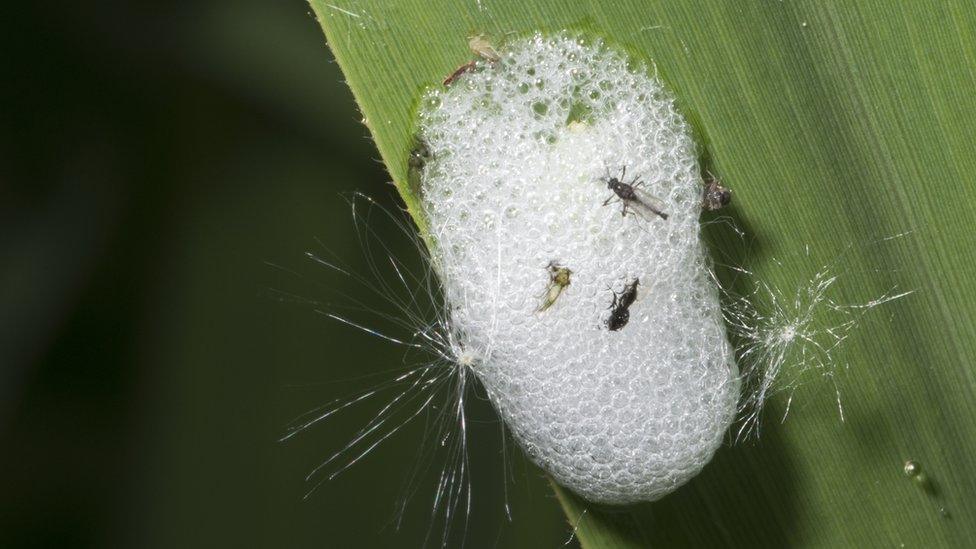
Froghopper nymphs can be seen in the gooey sap they make
When and where will I see it?
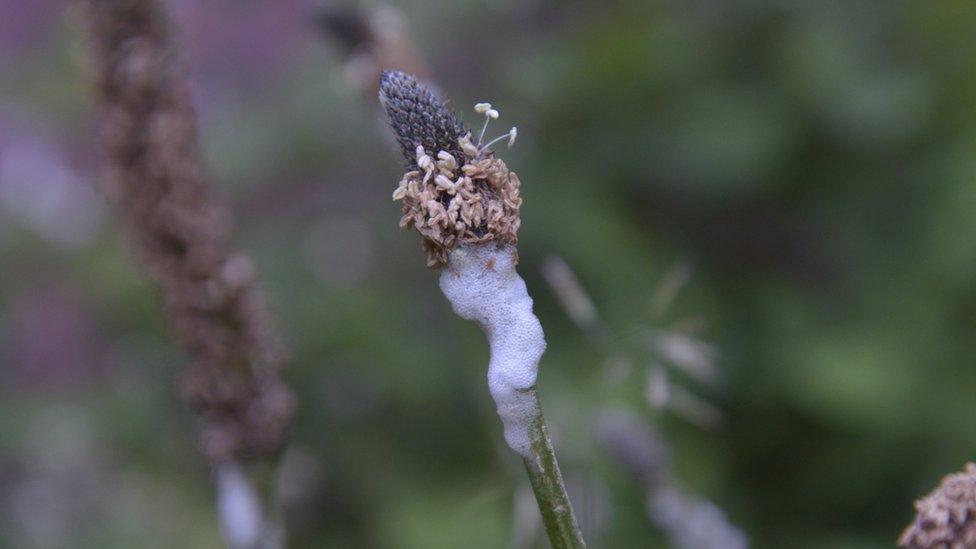
Cuckoo sap is mostly found in May, June and July
Despite its name, it has nothing to do with cuckoo birds at all. It first appears in spring time, when you can first hear the cuckoo birds sing.
You're most likely to see cuckoo spit in May, June and July in your garden, in meadows and on lots of plants and flowers like roses, lavender and rosemary.
Cuckoo spit is produced by the nymphs of sap sucking insects called froghoppers. It appears in spring at a time when the familiar call of cuckoos can be heard"
Is it harmful?
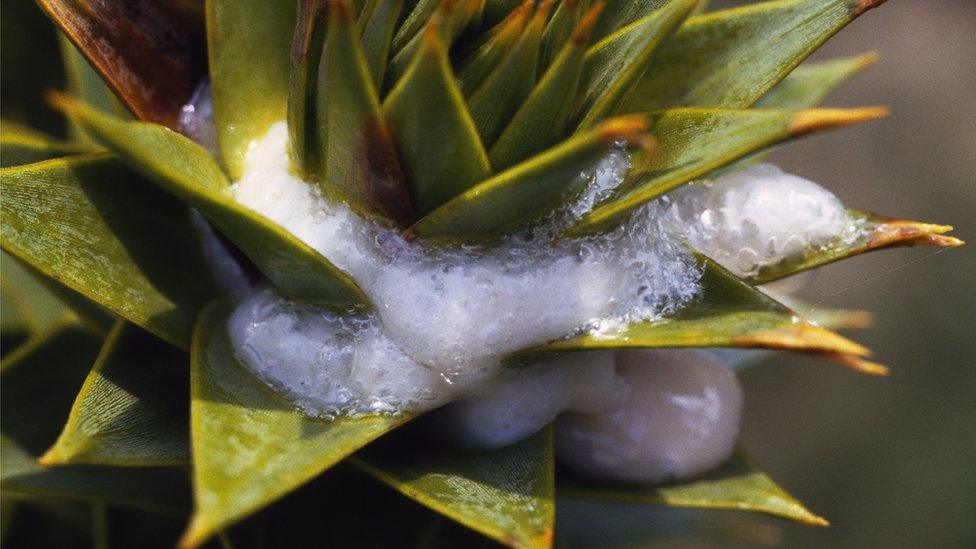
The bugs and sap itself is harmless
No! Although "sap-sucking" sounds scary, both the bugs and the "spit" itself are harmless in small numbers to both humans and the plants they're feeding on. It's a natural part of natures biodiversity, so if you spot cuckoo spit you don't need to remove it.
Have you spotted cuckoo spit in your garden? What did you think it was? Let us know in the comments.
- Published19 May 2020
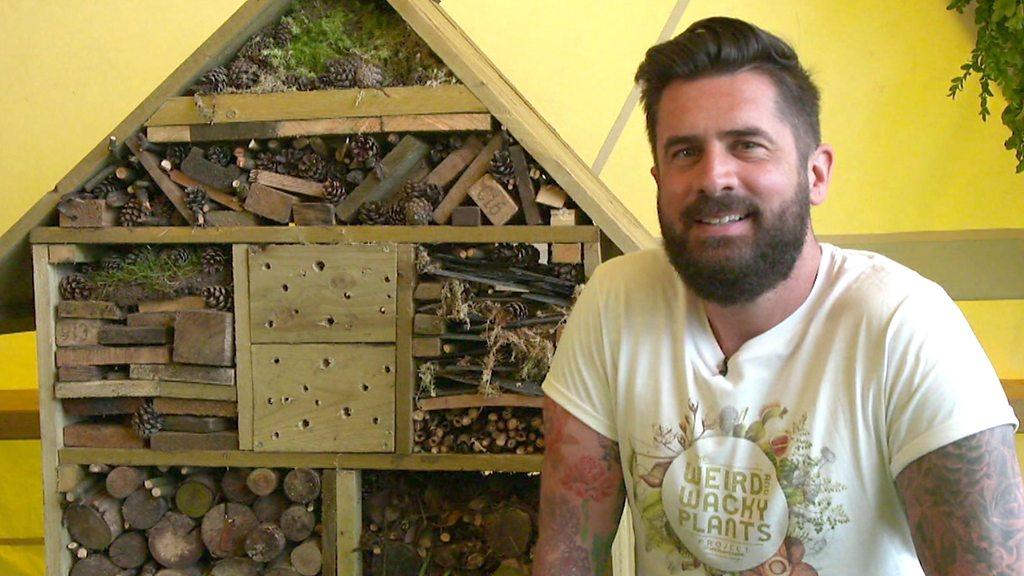
- Published15 July 2019
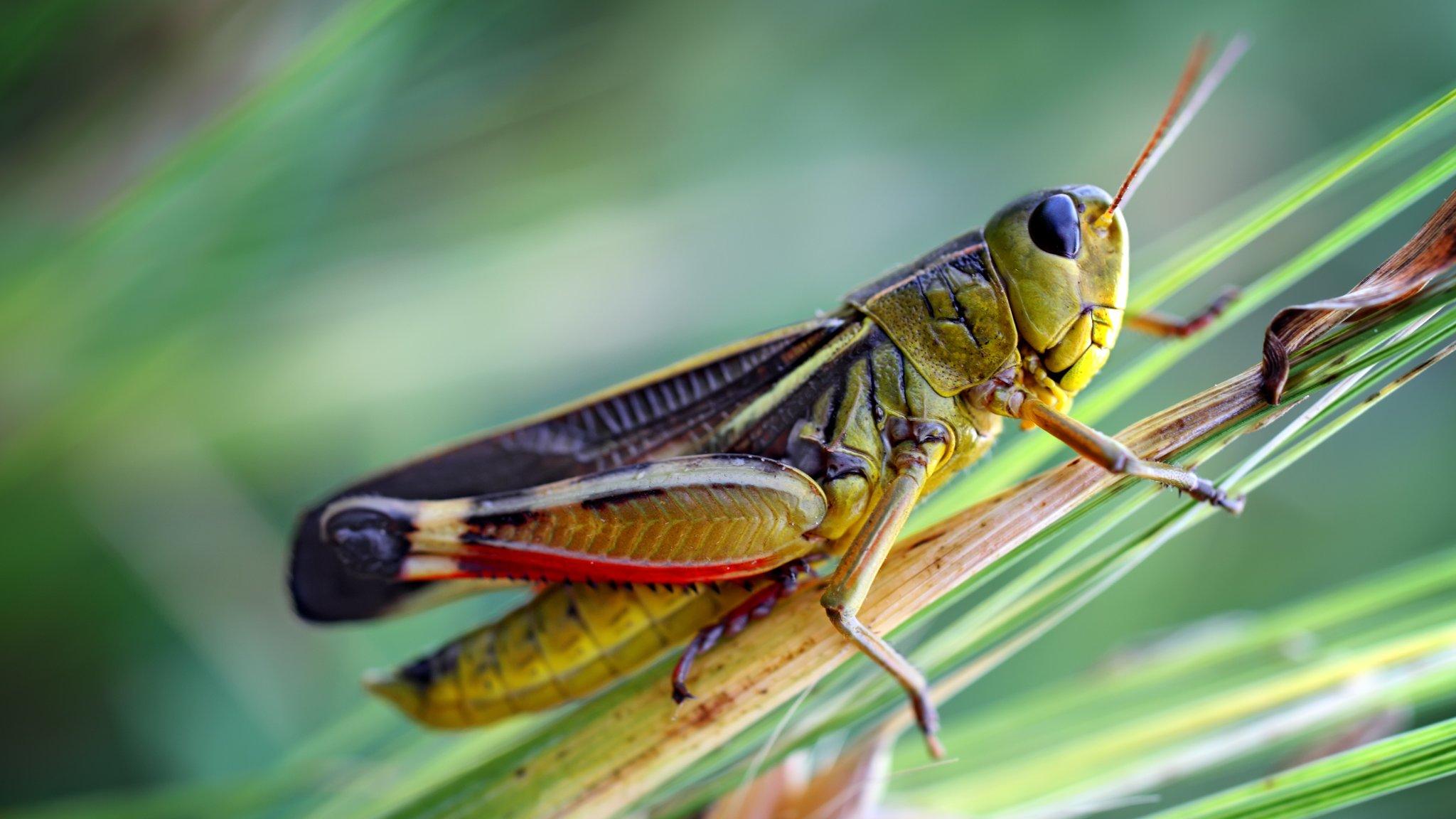
- Published19 May 2020

